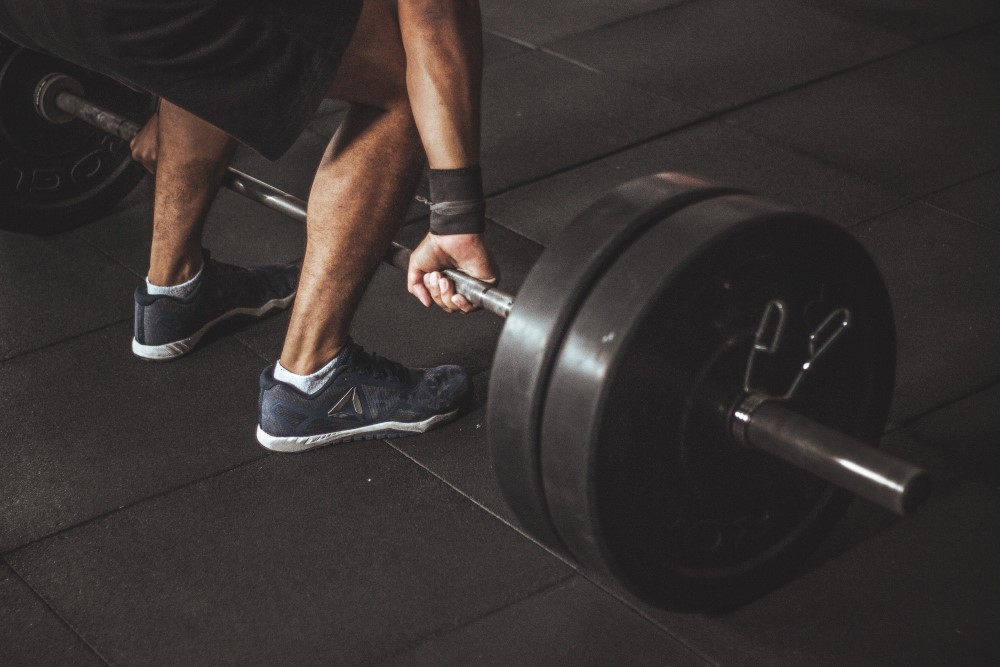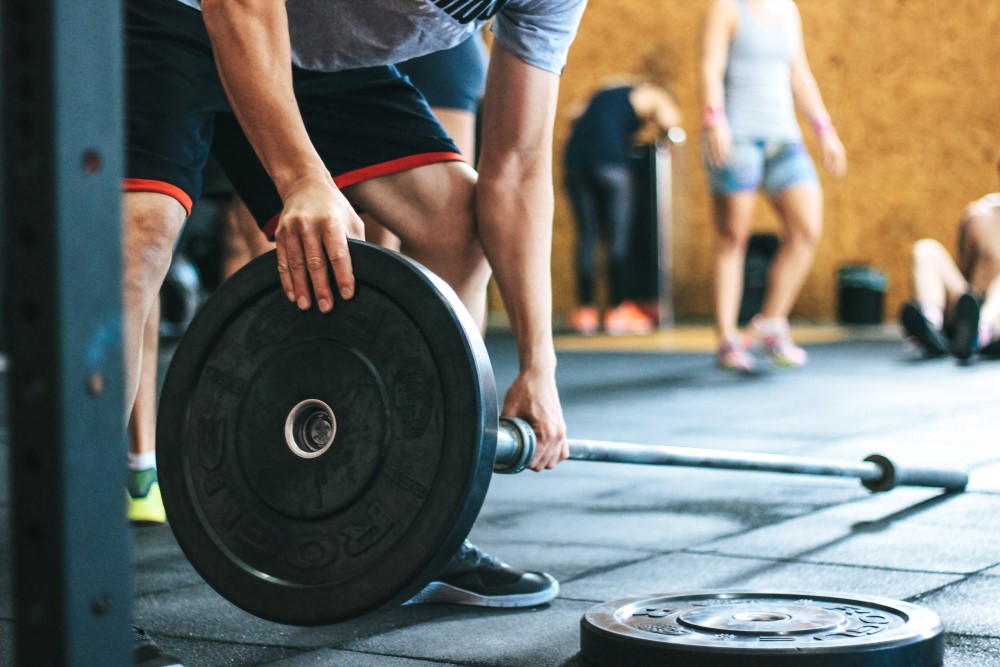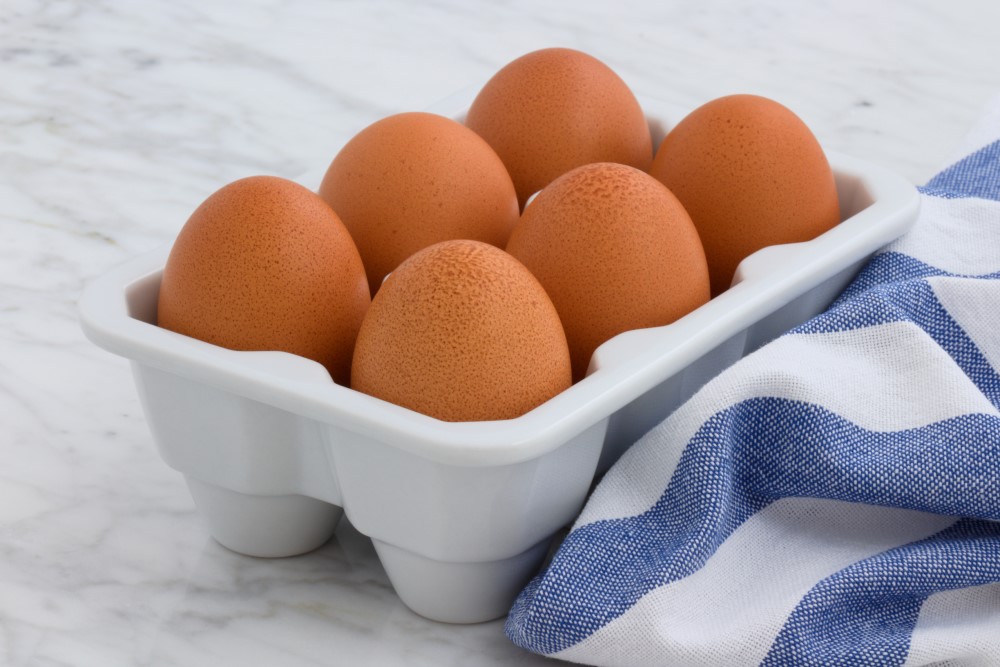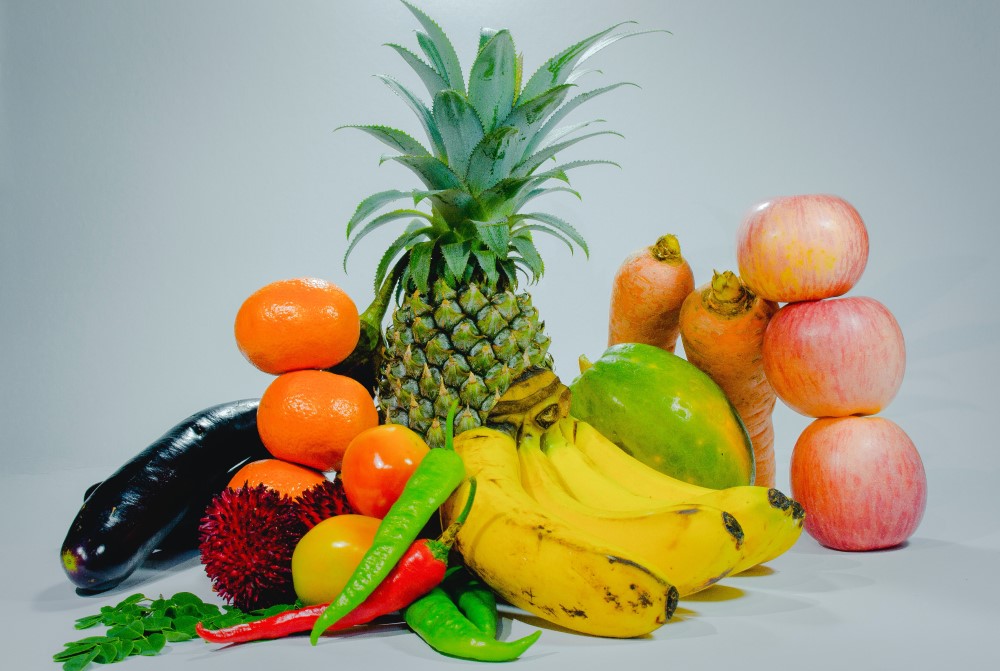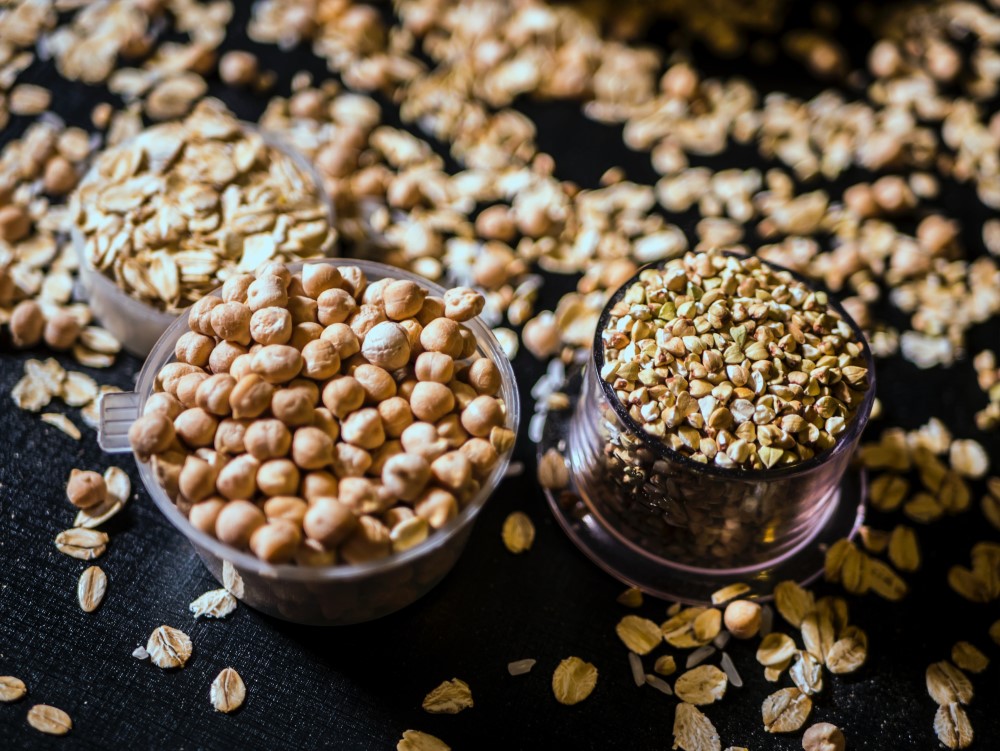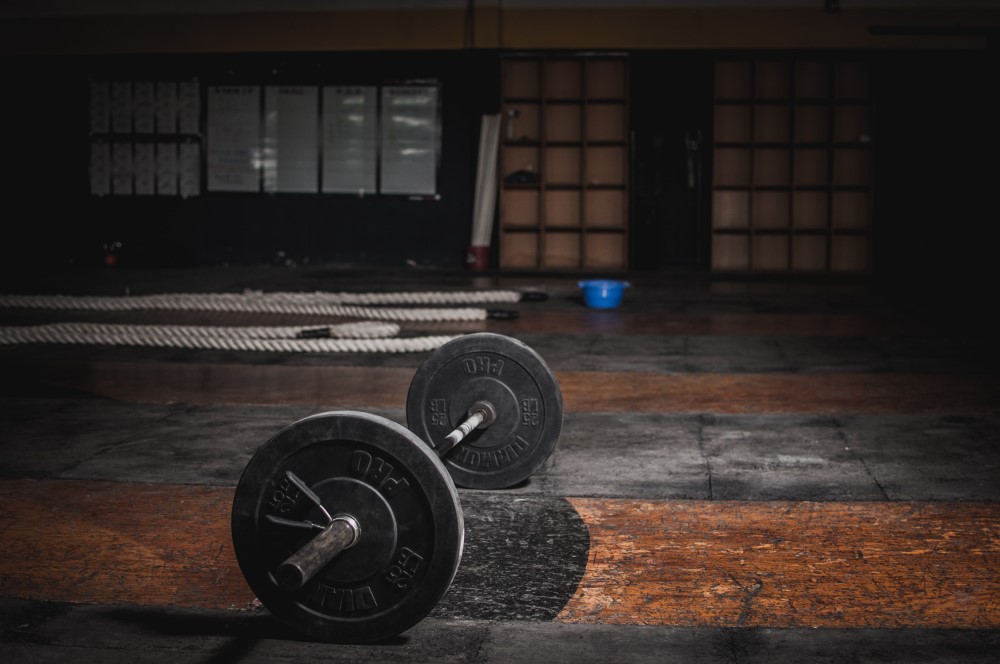
Credits to Leon Ardho
Many celebrities are known for their dedication to fitness and maintaining impressive physiques. As such, it’s no surprise that many of them have home gyms that are both impressive and envy-inducing. Here are some celebrities who have the best home gyms:
- Dwayne “The Rock” Johnson: As a former professional wrestler turned Hollywood actor, Dwayne “The Rock” Johnson is known for his impressive physique and dedication to fitness. He reportedly has a home gym that includes state-of-the-art equipment, including a squat rack, dumbbells, and a cable machine.
- Jennifer Lopez: Jennifer Lopez, also known as JLo, is known for her incredible physique, and she reportedly has a home gym to match. Her gym includes a range of equipment, such as a treadmill, elliptical, Pilates reformer, and weights.
- Mark Wahlberg: Mark Wahlberg is another celebrity known for his dedication to fitness, and he reportedly has a home gym that includes a boxing ring, weights, and cardio equipment.
- Arnold Schwarzenegger: Arnold Schwarzenegger is a bodybuilding legend and former governor of California. He reportedly has a home gym that includes a full set of weights and weight machines, as well as a sauna and steam room.
- Khloe Kardashian: Khloe Kardashian has been open about her fitness journey and dedication to staying in shape. She reportedly has a home gym that includes a Pilates reformer, treadmill, and weights.
- Justin Bieber: Justin Bieber has been open about his struggles with mental health and reportedly uses his home gym as a form of therapy. His gym includes a boxing ring, weights, and cardio equipment.
- Joe Rogan: Joe Rogan is a comedian, podcast host, and martial artist known for his dedication to fitness. He reportedly has a home gym that includes a full set of weights, weight machines, and a heavy bag.
- Gwyneth Paltrow: Gwyneth Paltrow is an actress and wellness entrepreneur who reportedly has a home gym that includes a Peloton bike, Pilates reformer, and weights.
- Zac Efron: Zac Efron is an actor known for his toned physique and dedication to fitness. He reportedly has a home gym that includes a boxing bag, weights, and cardio equipment.
- Cristiano Ronaldo: Cristiano Ronaldo is a professional soccer player and fitness enthusiast known for his impressive physique. He reportedly has a home gym that includes a range of cardio and weight equipment, as well as a swimming pool and sauna.
- Madonna: Madonna is a pop icon known for her fit and toned physique, and she reportedly has a home gym to match. Her gym includes a Pilates reformer, weights, and cardio equipment.
- David Beckham: David Beckham is a retired soccer player and fashion icon known for his fitness and style. He reportedly has a home gym that includes a range of cardio and weight equipment, as well as a boxing bag and punching gloves.
- Jessica Biel: Jessica Biel is an actress and fitness enthusiast known for her dedication to staying in shape. She reportedly has a home gym that includes a range of equipment, such as weights, a Pilates reformer, and a treadmill.
- Hugh Jackman: Hugh Jackman is an actor and fitness enthusiast known for his impressive physique. He reportedly has a home gym that includes a range of equipment, such as a squat rack, weights, and cardio machines.
- Kaley Cuoco: Kaley Cuoco is an actress and fitness enthusiast known for her love of horseback riding and Pilates. She reportedly has a home gym that includes a Pilates reformer, weights, and cardio equipment.
- Michael B. Jordan: Michael B. Jordan is an actor and fitness enthusiast known for his toned physique. He reportedly has a home gym that includes a range of equipment, such as a squat rack, weights, and cardio machines.
- Tom Brady: Tom Brady is a professional football player known for his dedication to fitness and health. He reportedly has a home gym that includes a range of equipment, such as a Pilates reformer, weights, and cardio machines.
- Gisele Bundchen: Gisele Bundchen is a model and wellness entrepreneur known for her dedication to health and fitness. She reportedly has a home gym that includes a range of equipment, such as a Pilates reformer, weights, and cardio machines.
- Jada Pinkett Smith: Jada Pinkett Smith is an actress and fitness enthusiast known for her dedication to staying in shape. She reportedly has a home gym that includes a range of equipment, such as a boxing bag, weights, and cardio machines.
- Ryan Reynolds: Ryan Reynolds is an actor and fitness enthusiast known for his toned physique. He reportedly has a home gym that includes a range of equipment, such as a squat rack, weights, and cardio machines.
Many celebrities have impressive home gyms that include state-of-the-art equipment, weights, cardio machines, and other fitness tools. Whether it’s for maintaining their physical appearance or for mental health and wellness, these celebrities have invested in their health and fitness by creating amazing home gyms.
You Can Still Do This on a Budget!
It’s a common misconception that you need to be rich to have a home gym. The truth is, you can create a home gym on almost any budget, and there are plenty of affordable options for equipment and storage. Don’t let financial limitations hold you back from achieving your fitness goals and creating a space for yourself to work out in the comfort of your own home.
Remember that creating a home gym is an investment in your health and well-being, and it doesn’t have to be expensive. You can start small and gradually build up your equipment and storage as you go. Look for affordable options like resistance bands, bodyweight exercises, and DIY storage solutions. And don’t be afraid to get creative – sometimes the most effective workouts can be done with little to no equipment at all.
So if you’re feeling discouraged about creating a home gym because of financial limitations, don’t be! With a little creativity and resourcefulness, you can create a space for yourself to work out and achieve your fitness goals without breaking the bank. Remember, the most important thing is to stay motivated and committed to your health and fitness journey, and a home gym can be a great tool to help you do just that.


